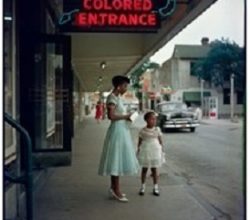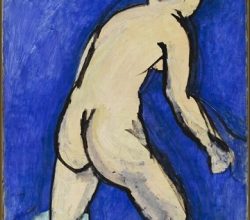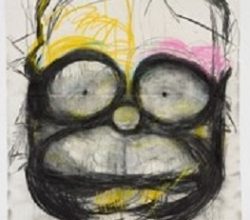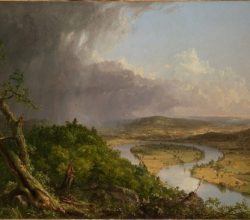
Gordon Parks: Beautiful photos of an ugly history
Andrew Dickson | bbc.com | 4th February 2021
There are two sides to Parks’ photography. One was the chronicling of civil rights protests. Those images focus on individuals rather than scenes of conflict and show, in a way that still resonates, what it means to be black and American. His other side showed when Parks “allowed his poet’s eye to roam”. These images show “the ambiguity and complications of reality, genuine people … You just see a lot of beauty in these pictures, always beauty.”







